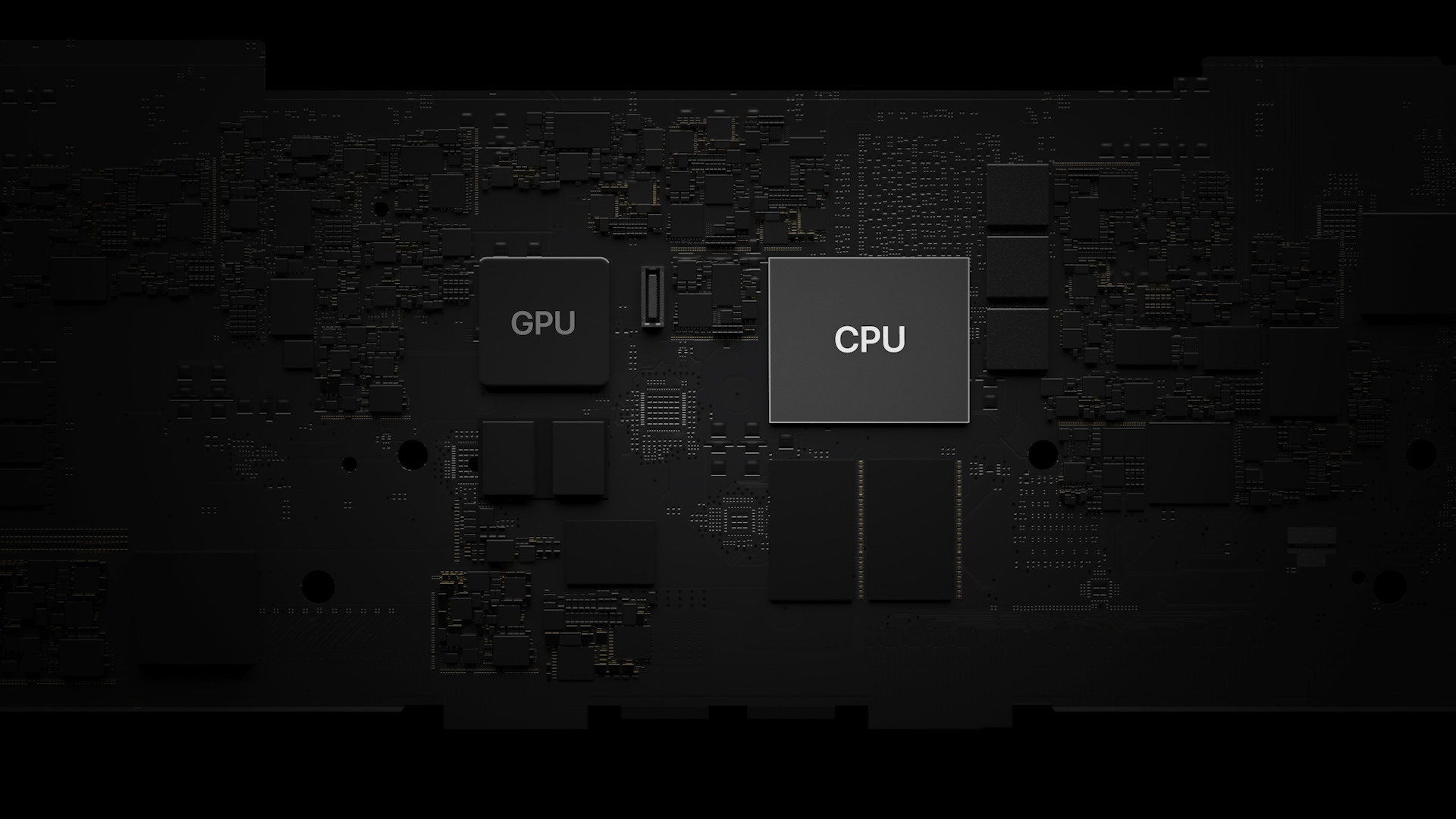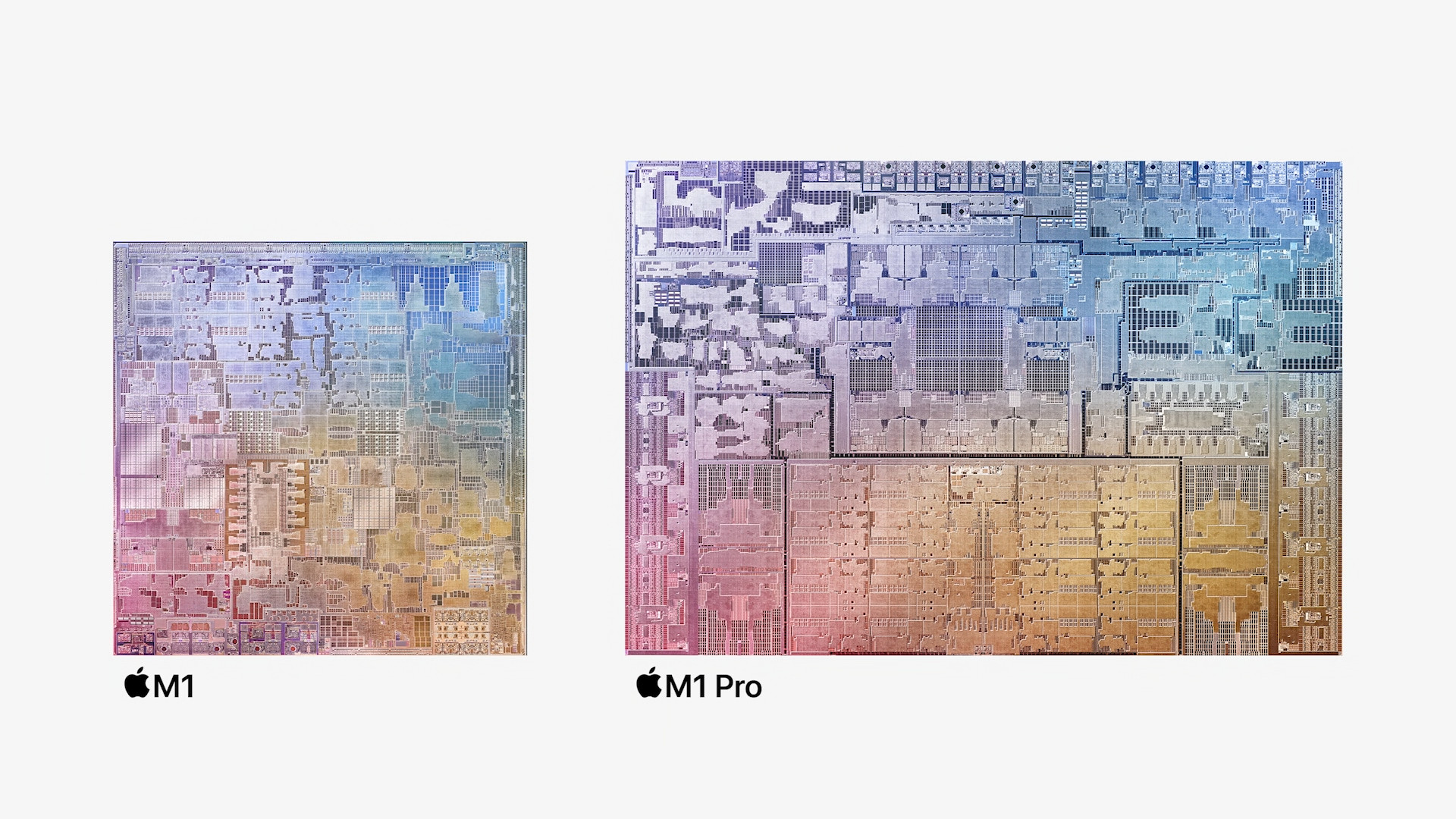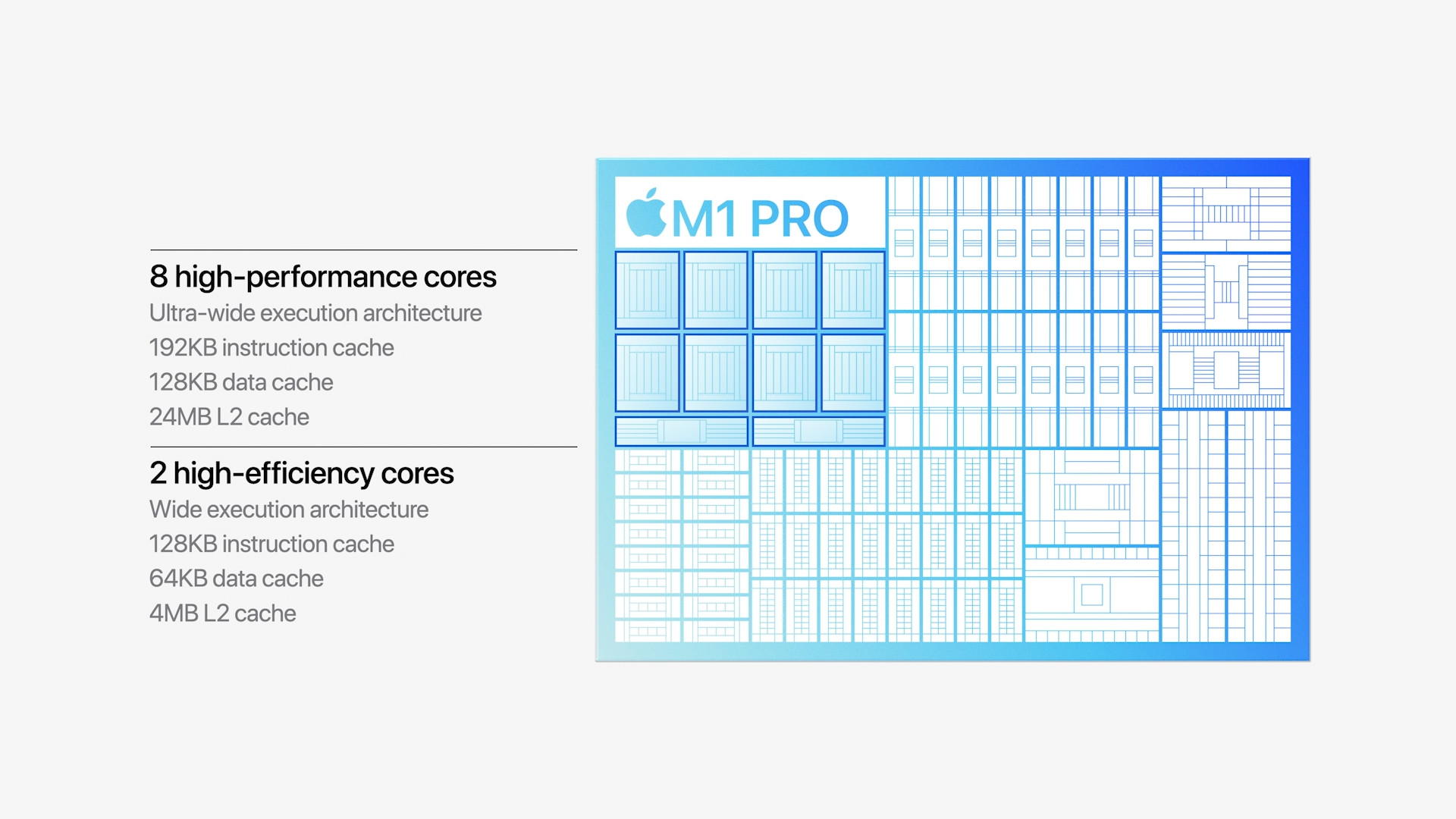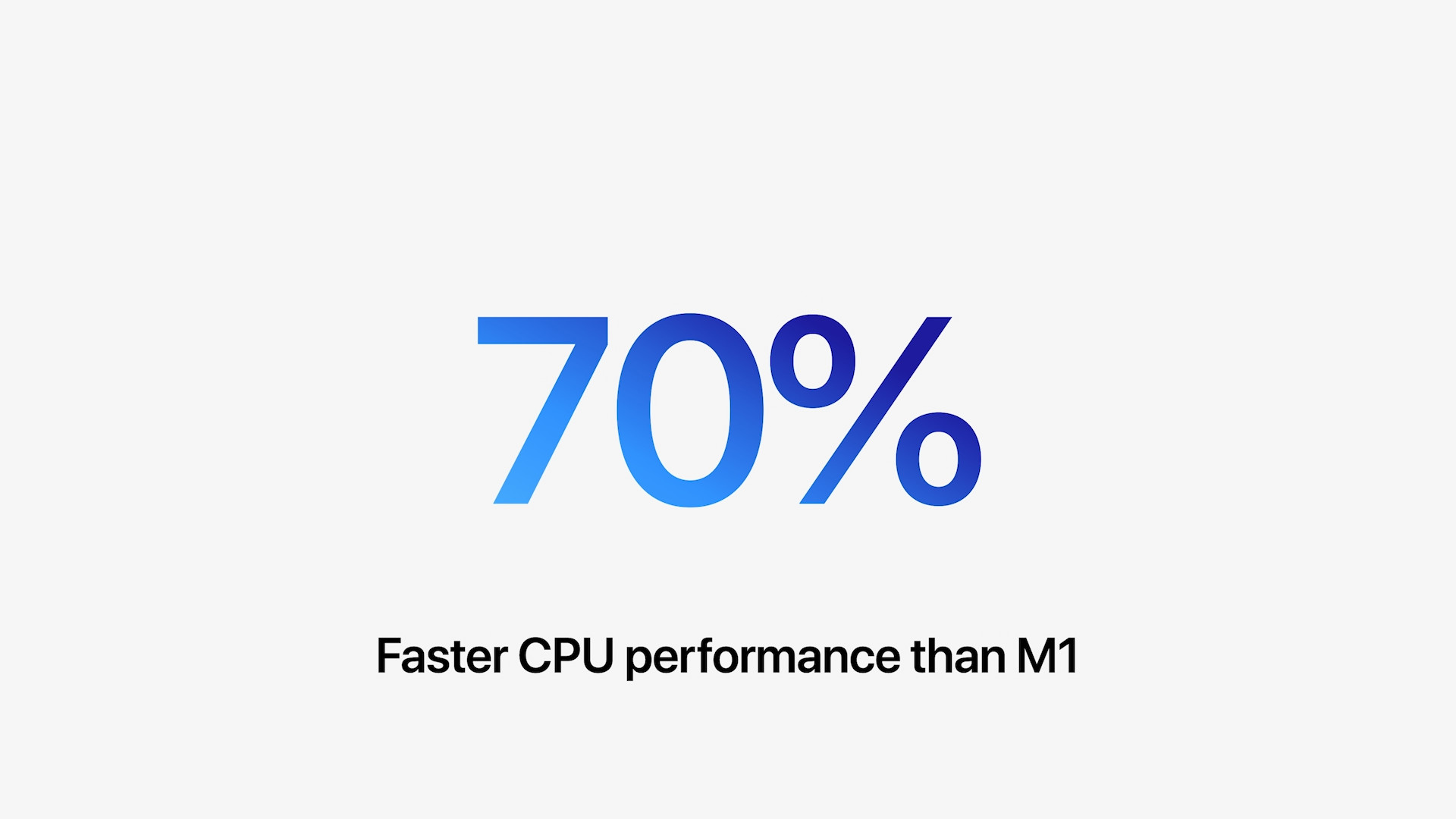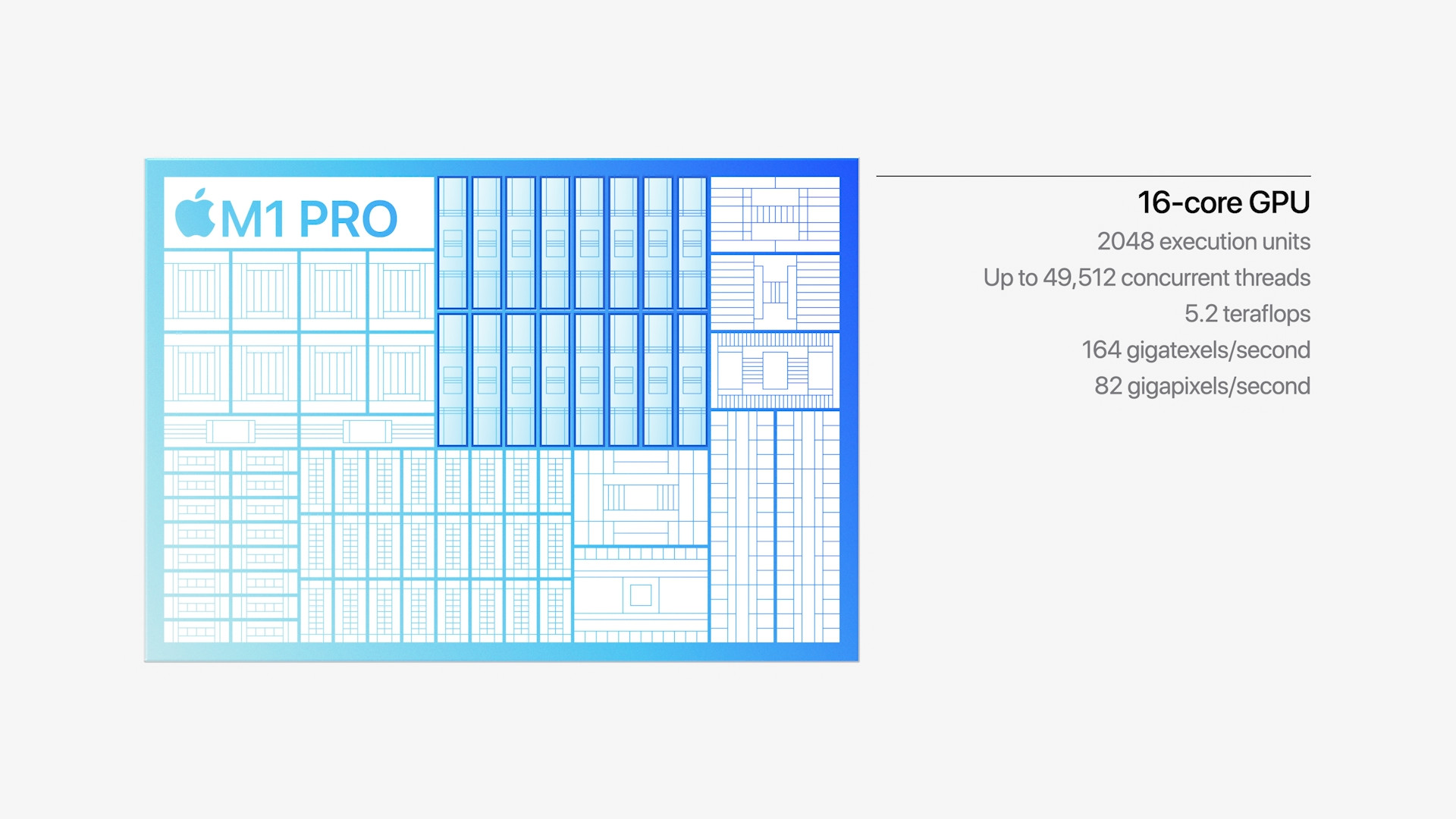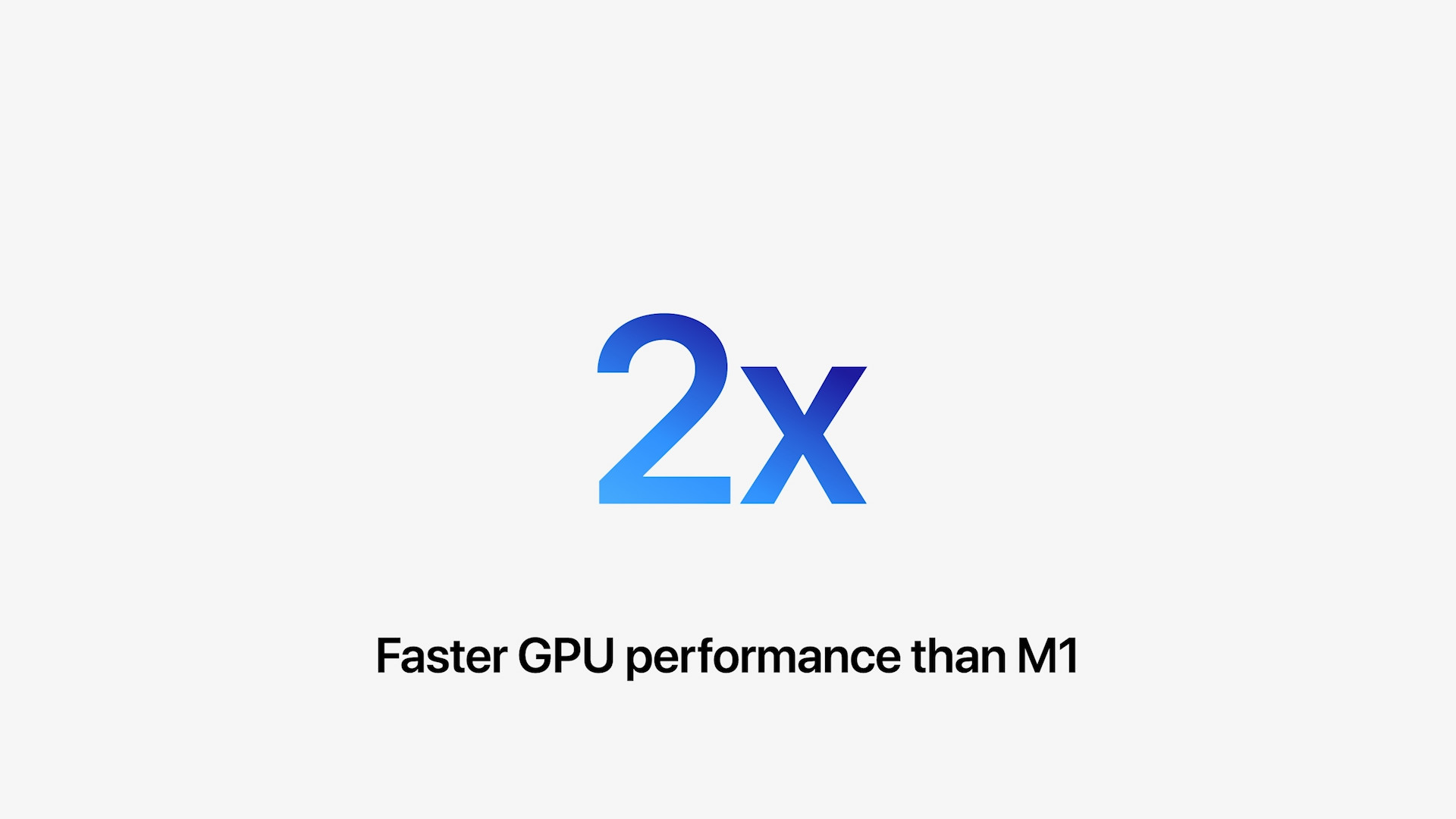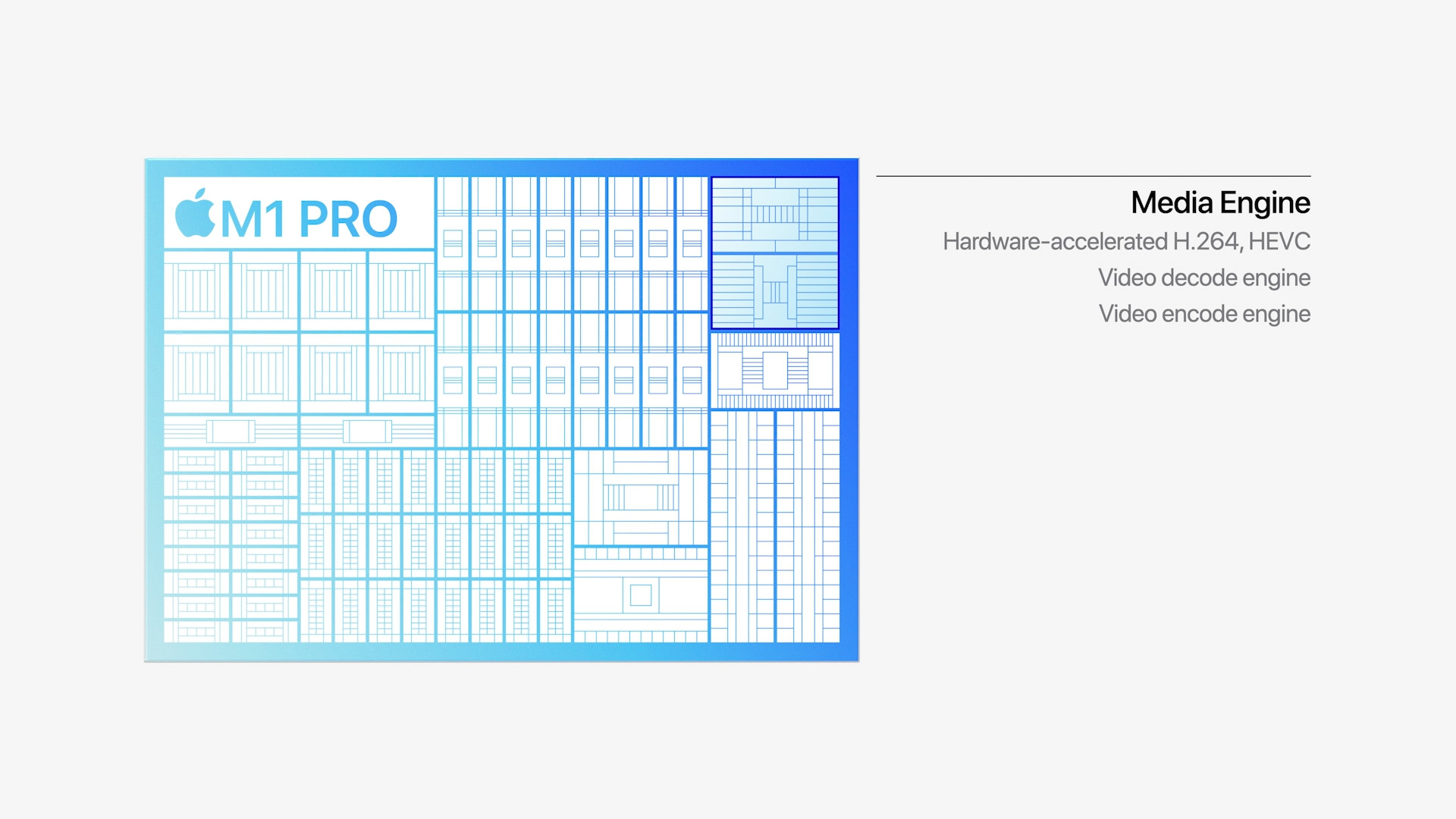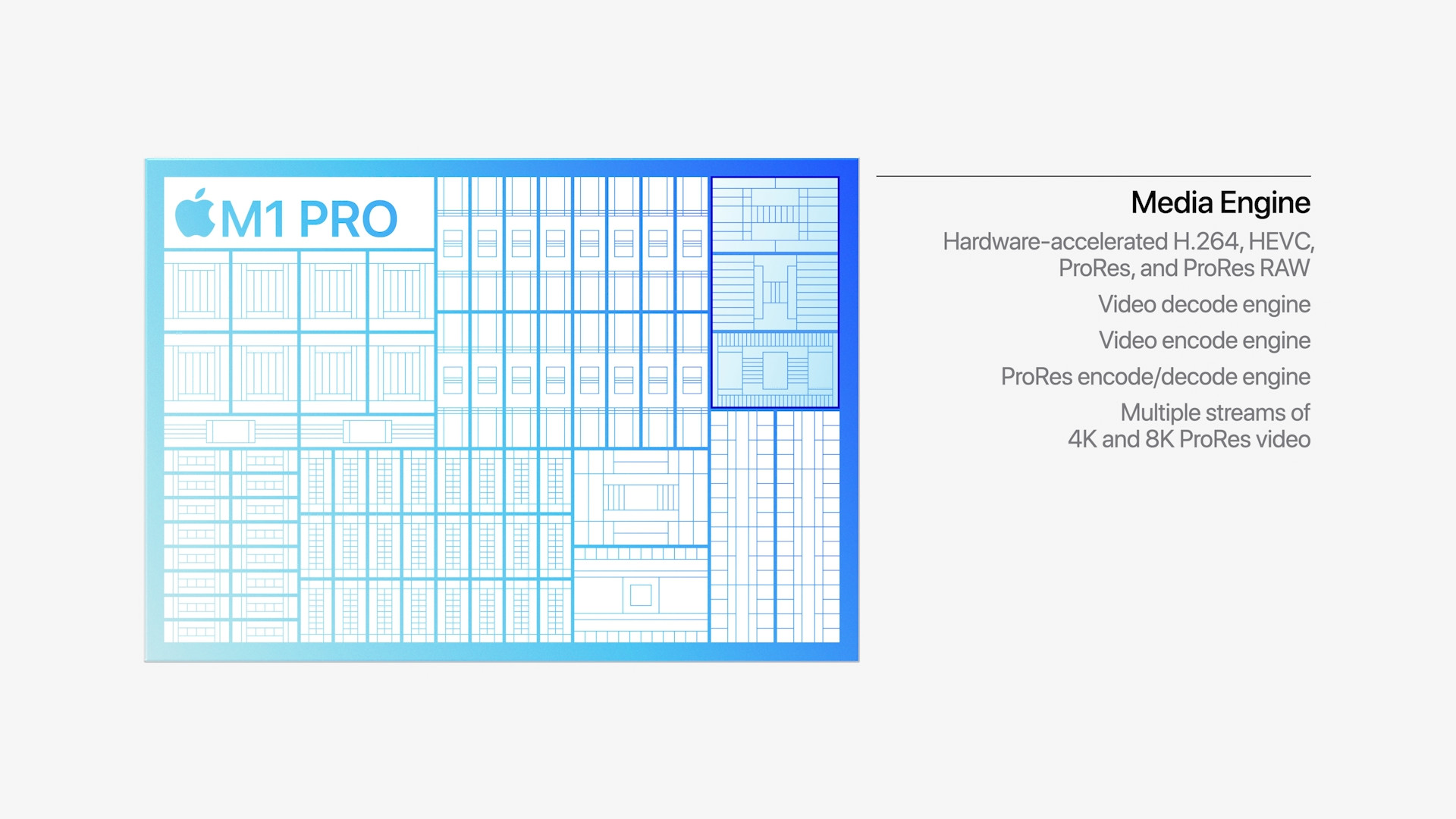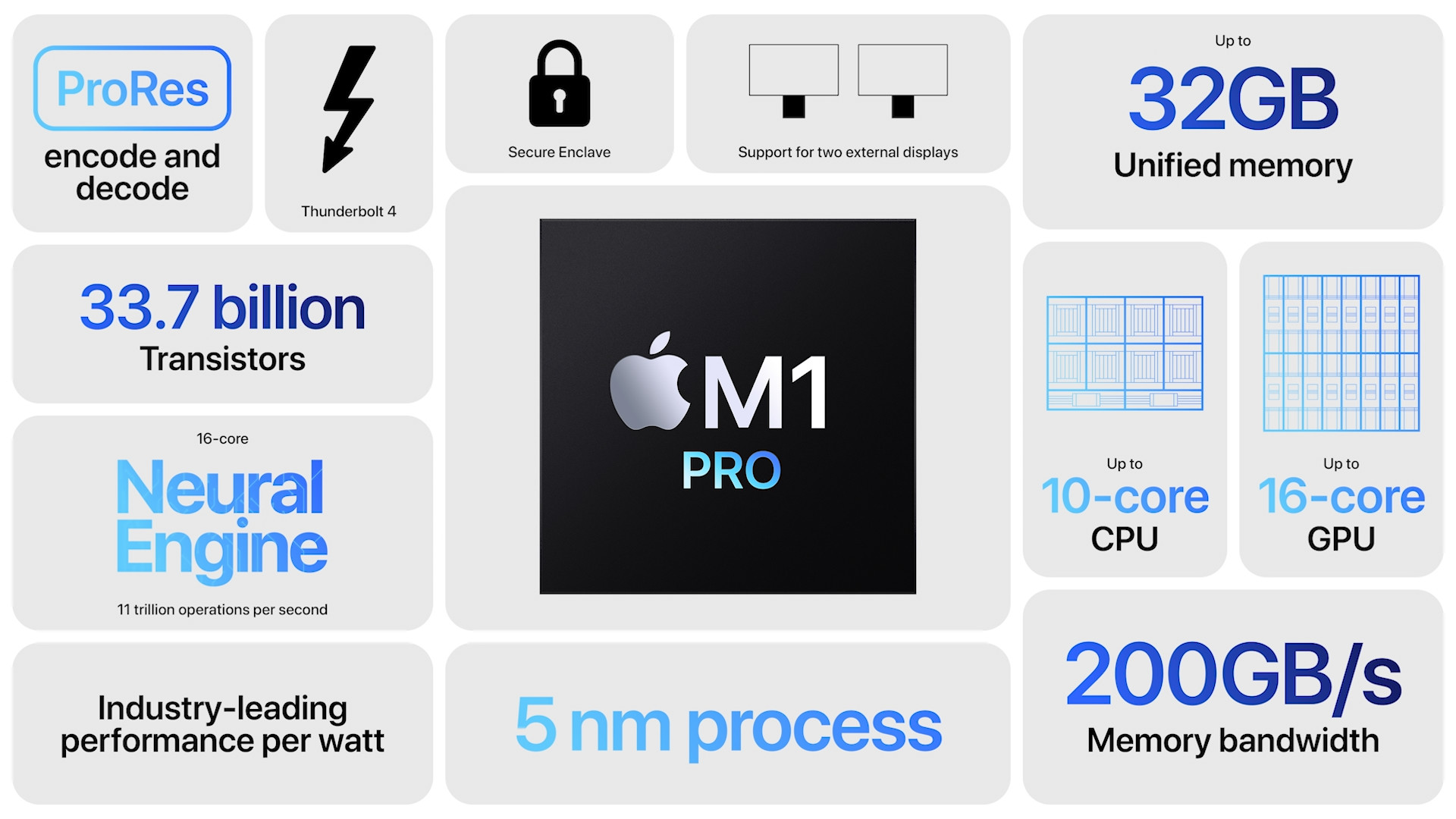Apple users are slowly starting to talk about the arrival of the first generation of chips based on the 3nm production process. Currently, Apple has been relying on the 5nm production process for a long time, on which popular chips such as the M1 or M2 from the Apple Silicon family, or the Apple A15 Bionic, are built. For now, however, it is not yet clear when Apple will actually surprise us with a 3nm chip and in which device it will be placed first.
It could be interest you

Current speculation revolves around the M2 Pro chip. Of course, its production will again be ensured by the Taiwanese giant TSMC, which is a global leader in the field of semiconductors. If the current leaks are true, then TSMC should start its production already at the end of 2022, thanks to which we will see the new series of 14″ and 16″ MacBook Pros, equipped with the M2 Pro and M2 Max chipsets, right at the beginning of next year. But let's go back to our original question - why can we look forward to the arrival of chips with a 3nm production process?
Smaller manufacturing process = Higher performance
We could summarize the whole issue with the production process very simply. The smaller the production process, the more performance we can expect. The manufacturing process determines the size of a single transistor – and of course, the smaller, the more you can fit on a particular chip. Here too, the simple rule is that more transistors equals more power. Therefore, if we reduce the production process, we will not only get more transistors on one chip, but at the same time they will be closer to each other, thanks to which we can count on a faster transfer of electrons, which will subsequently result in a higher speed of the entire system.
That is why it is appropriate to try to minimize the production process. Apple is in good hands in this regard. As we mentioned above, it sources its chips from TSMC, a global leader in the industry. For the sake of interest, we can point to the current range of competing processors from Intel. For example, the Intel Core i9-12900HK processor, which is intended for laptops, is built on a 10nm manufacturing process. So Apple is several steps ahead in this direction. On the other hand, we cannot compare these chips like this. Both are based on different architectures, and in both cases we would therefore come across certain advantages and disadvantages.

Which chips will see the 3nm manufacturing process
Finally, let's shed some light on which chips will be the first to see the 3nm production process. As mentioned above, the M2 Pro and M2 Max chips are the hottest candidates. These will be available for the 14″ and 16″ MacBook Pro of the next generation, which Apple could boast of as early as 2023. It is also still rumored that the iPhone 3 (Pro) will also receive a chip with a 15nm manufacturing process, in inside of which we will probably find the Apple A17 Bionic chipset.
It could be interest you


